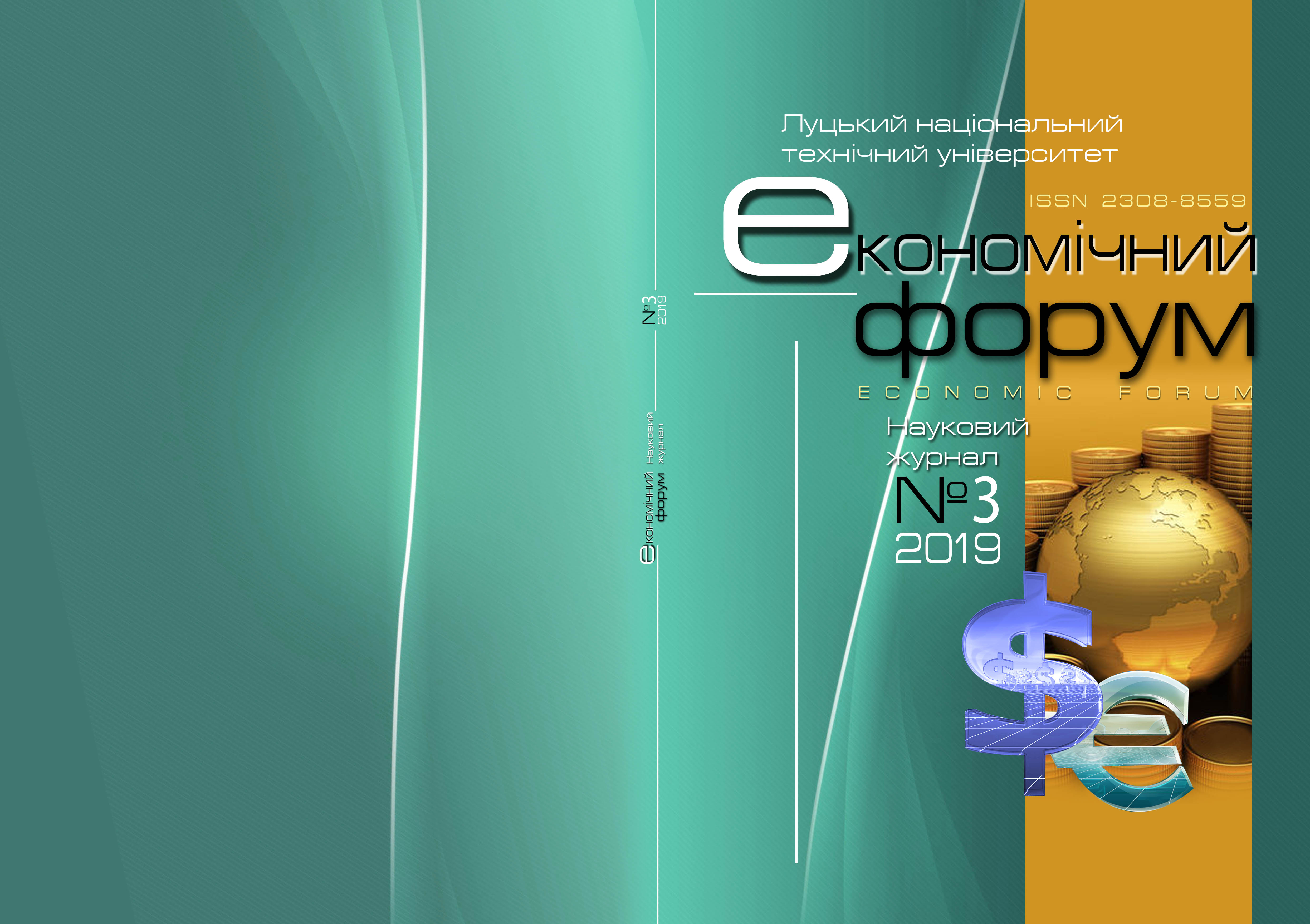AGRI-FOOD TRADE AND THE E.U. MARKET: OPPORTUNITIES AND CHALLENGES FOR MOLDOVA
Abstract
The aim of this paper is to assess the development on Moldova’s agri-food trade flows on the E.U. market. Thus the main changes and tendencies in the agri-food trade structure and distribution markets is analyzed. The research is based on the analysis of secondary data, provided by National Bureau of Statistics. The examined time series belong to 2012-2017. Trade liberalization has as a positive outcome an increase in the volume of agri-food exports of Moldova, particularly in terms of specialization and concentration of production and diversification of the geographical distribution. Another positive result is the decrease in the dependence on traditional markets. This fact imposed the increase in both quality and variety of exported articles. Due to the DCFTA there is an increase in trade flows with E.U. The agri-food market is important for the stabilization of the national economy, because of its valuable contribution to GDP. Thus is important that the government supports the modernization of the agri-food sector and stimulates to attract investments which will run its further orientation.
Downloads
References
2. Bonjec S., Hartmann, M. 2004, Agricultural and Food Trade in Central and Eastern Europe: The Case of Slovenian Intra-Industry Trade and Induced Structural Adjustment Costs. IAMO Discussion Paper 65, Institute of Agricultural Development in Central and Eastern Europe (IAMO). Halle (Saale).
3. Bonjec S., Ferto I. 2007, Comparative advantages in agro-food trade of Hungary, Croatia and Slovenia with the European Union. Discussion paper 106, Institute of Agricultural Development in Central and Eastern Europe (IAMO). Halle (Saale).
4. Luka O., Levkovich I. 2004, Intra-industry trade in agricultural and food products: the case of Ukraine. Discussion paper 78, Institute of Agricultural Development in Central and Eastern Europe (IAMO). Halle (Saale).
5. Levkovich I., Hockmann H. 2007, Foreign Trade and transtion process in agri-food sector of Ukraine. Discusion paper 114, Institute of Agricultural Development in Central and Eastern Europe (IAMO). Halle (Saale).
6. Yercan M., Isikli E. 2006: International competitiveness of Turkish agriculture: a case for horticultural products. EAAE seminar “Marketing dynamics within the global trading system: new perspectives”, Chania, Crete, Greece.
Copyright (c) 2019 Cimpoies Liliana

This work is licensed under a Creative Commons Attribution 4.0 International License.


1.png)








